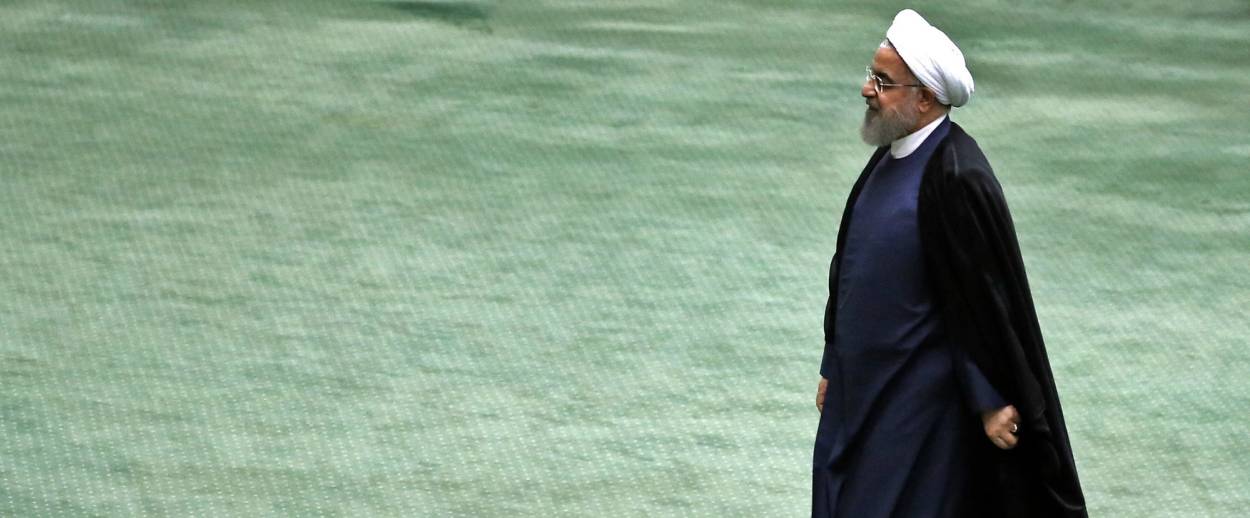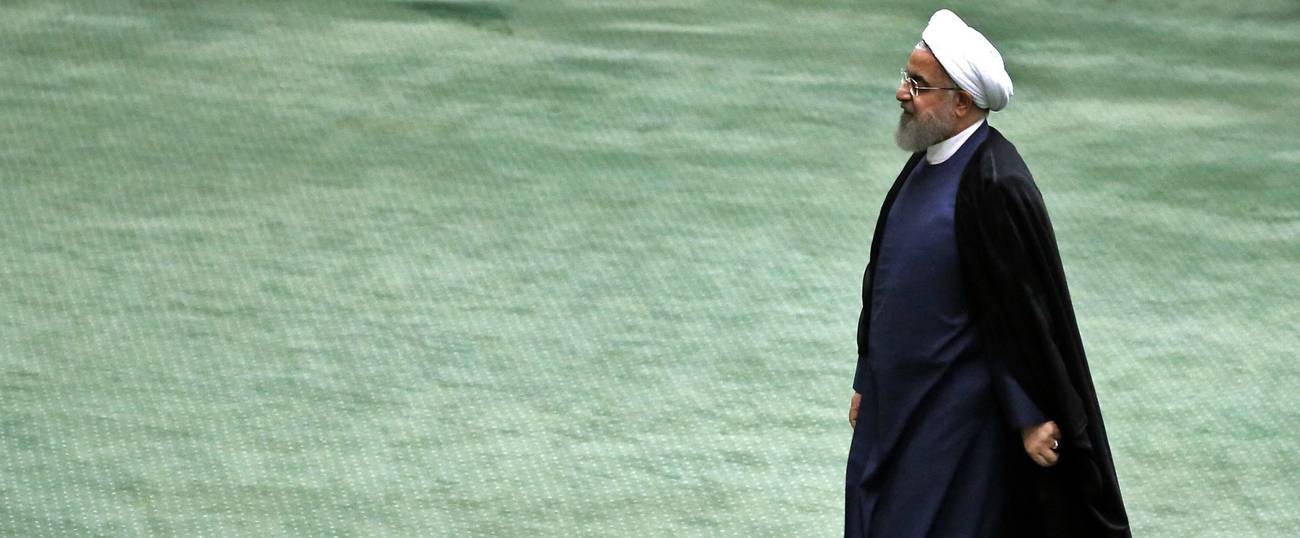Iran Was Even Closer to Getting a Bomb Than We Thought
Only a couple of months away in 2015, according to a new report




Documents that the Mossad stole from a top-secret facility in Tehran indicate that at the time of the 2015 nuclear deal, Iran was mere months away from developing a nuclear weapon—much closer than international monitors or American policymakers believed.
According to an article Thursday in Foreign Policy, physicist David Albright and other experts from the Institute for Science and International Security who are reviewing the documents found that Iran’s expertise far exceeded the optimistic scenarios advanced by American officials:
“The U.S. was issuing statements that it would take a year at least, perhaps two years, to build a deliverable weapon. The information in the archive makes it clear they could have done it a lot quicker, said Albright. He added that the French government, which was then saying Iran could achieve a weapon in three months, was much closer in its estimates.”
Albright, the institute’s founder and a former weapons inspector for the International Atomic Energy Agency who has emerged as a leading critic of the effectiveness of some of the nuclear deal’s limits on Iran, isn’t just talking about the time the country would need to accumulate a bomb’s worth of enriched uranium. There are a host of other complex factors that go into making a nuke: A would-be nuclear power has to design and construct its warheads, build and test various firing mechanisms, and miniaturize the device to the point where it can be attached to an existing delivery system. Per Albright’s analysis, the documents show that Iran had developed “a full range of technical competences and capabilities, not just some, as characterized by the IAEA in late 2015,” according to Foreign Policy.
The documents reviewed here, which the Mossad took from Tehran earlier this year, only cover the period leading up to 2003, when Iran is believed to have halted most of its weaponization activities. But Iran’s work from over 15 years ago still raises a host of issues. On the same day the 2015 Joint Comprehensive Plan of Action was announced, Iran reached an agreement with the IAEA outlining a probe into the military dimensions of the country’s nuclear program, an investigation which the IAEA had been seeking and which Iran blocked for over a decade. Under that agreement, the JCPOA wouldn’t be implemented until the IAEA was allowed to conduct a brief and long-stalled inquiry into the military aspects of Iran’s program and then report its findings. In reality, the documents acquired by Mossad appear to confirm suspicions that both Iran and the IAEA treated this investigation as a formality that would clear the way to the larger and more significant JCPOA. If Albright’s analysis is correct, either the IAEA’s investigation failed to uncover the actual state of Iran’s weaponization work, or Tehran had succeeded in misleading international monitors in the runup to the JCPOA’s enactment.
Another possible conclusion from this new review is that Iran might have more nuclear leverage than previously thought. The logic of the Obama administration’s Iran deal was that the closer Tehran got to having a bomb the less incentive it had to negotiate away its nuclear infrastructure. And now it seems that the country’s sprint to a deliverable nuke was shorter than many believed it to be—which is either yet another argument for the urgency of reaching any agreement that will delay Tehran going nuclear, or one for never trusting the Iranian regime on much of anything.
Armin Rosen is a staff writer for Tablet Magazine.